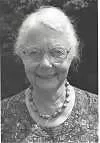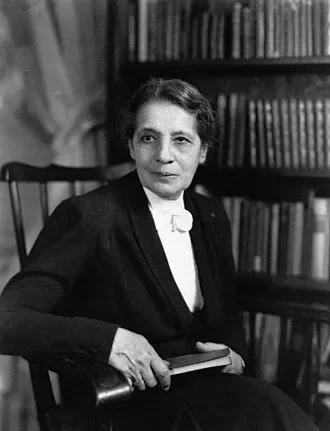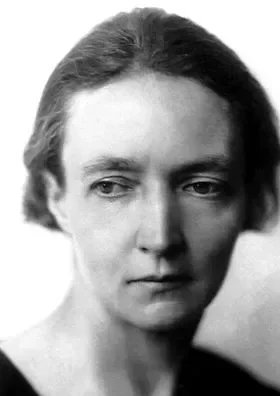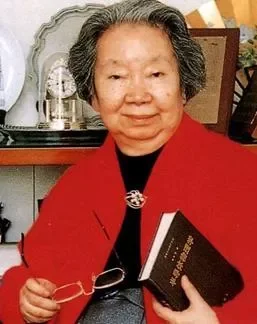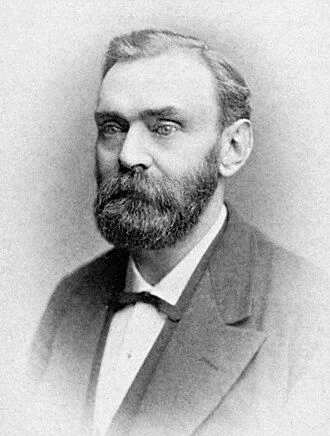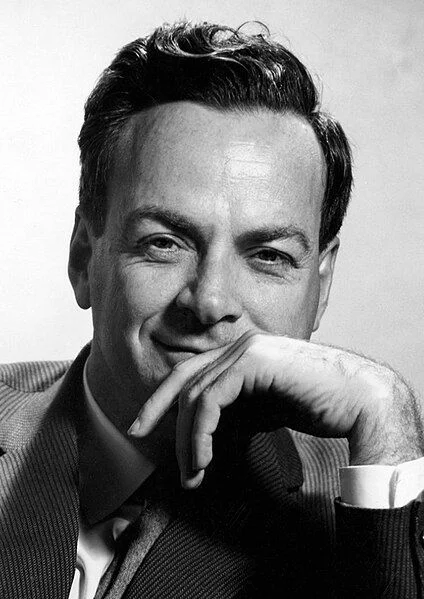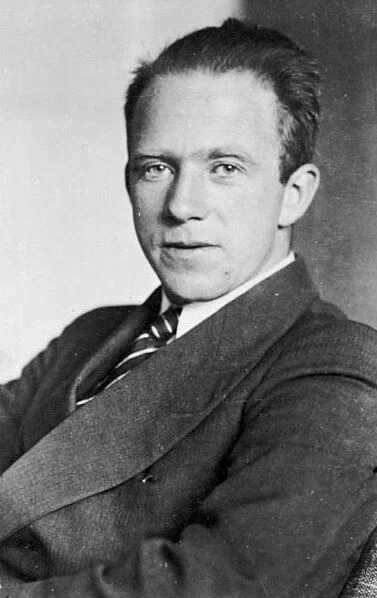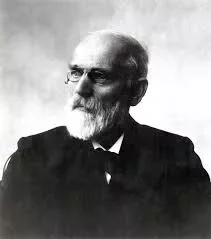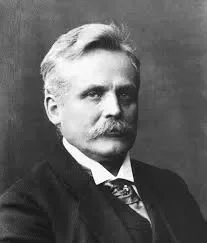Real Celebrities Never Die!
OR
Search For Past Celebrities Whose Birthday You Share
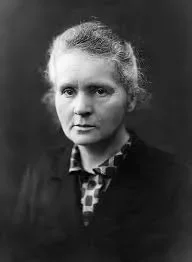
source:wikipedia.org
Marie Curie
Birthday:
07 Nov, 1867
Date of Death:
04 Jul, 1934
Cause of death:
Aplastic pernicious anaemia
Nationality:
Polish,-French
Famous As:
Chemist
Age at the time of death:
66
Introduction to Marie Curie
Marie Curie was a Polish-French Physicist and chemist who was known for her groundbreaking discoveries in the field of radioactivity. Her work led her to become the first woman to win a Nobel Prize and the only woman to win two Nobel Prizes. She was also the only person to win Nobel Prizes in different scientific fields.
Early Life and Education
Curie was born in 1867 in Warsaw, Poland. Since women weren’t allowed to get an education, she moved to France in 1891 to pursue her education. There she met her husband Pierre Curie who was a fellow physicist. Together, they shared the 1903 Nobel Prize in Physics with Henri Becquerel for their research on radioactivity. After Pierre’s untimely demise in 1906, Curie continued her work on radioactivity and even won the Nobel Prize in Chemistry in 1911.
Contributions to Medicine
Curie applied her knowledge to the field of medicine and developed mobile radiography units to provide x-ray to wounded soldiers during World War I. She also founded the Curie Institutes in Paris and Warsaw which later became known as a leading center for medical research.
Final Years and Death
Marie Curie spent her final days at the Sancellemoz Sanatorium in Passy, France. On July 4, 1934, at the age of 66, she passed away due to aplastic anemia. This condition was likely caused by her years of exposure to radiation through her groundbreaking work. Curie had dedicated her life to science, often carrying test tubes of radium in her lab coat pocket, unaware of the dangers it posed.
Legacy and Impact on Science
Curie left behind an extraordinary legacy in the world of science. She was the first woman to win a Nobel Prize and remains the only person to win Nobel Prizes in two scientific fields – Physics in 1903 and Chemistry in 1911. Her discoveries of polonium and radium revolutionized our understanding of radioactivity and paved the way for advancements in cancer treatment. During World War I, Curie developed portable X-ray machines, nicknamed “little Curies,” which saved countless soldiers’ lives.
Marie Curie's Quote's
Breaking Barriers for Women in Science
Today, Marie Curie is remembered not only for her scientific achievements but also for breaking barriers for women in academia. She was the first female professor at the University of Paris and inspired generations of scientists. Her work continues to influence fields ranging from physics and chemistry to medicine and engineering. Curie’s life story serves as a testament to the power of curiosity, perseverance, and dedication to the pursuit of knowledge.
Name:
Marie Curie
Popular Name:
Marie Curie
Gender:
Male
Cause of Death:
Aplastic pernicious anaemia
Spouse:
Place of Birth:
Warsaw, Congress Poland, Russian Empire
Place of Death:
Passy, Haute-Savoie, France
Occupation / Profession:
Personality Type
Logician: Marie Curie was an extremely analytical person who preferred to approach situations in a logical manner.
She worked as a governess.
Marie Curie turned down her husband’s marriage proposal three times.
Her notebooks are stored in lead-lined boxes in France as they were contaminated with radium.
Marie’s daughter also won the Nobel Prize in chemistry.
Marie Curie had to educate herself in secret since women were not allowed to get an education in her time.
She named Polonium after her homeland Poland.
Curie won the Actorian Prize in 1907
She also won the Nobel Prize in Chemistry in 1911
She was awarded the Matteucci Meda in 1904
Marie Curie won the Albert Medal in 1910
She was honored with the Cameron Prize for Therapeutics of the University of Edinburgh in 1931
She received the Davy Medal in 1903
She received the Willard Gibbs Award in 1921
Marie Curie was awarded the Nobel Prize in Physics in 1903
She won the Elliott Cresson Medal in 1909

